At Angela Roungeri's Traditional Cheese Dairy - Tinos Food Paths
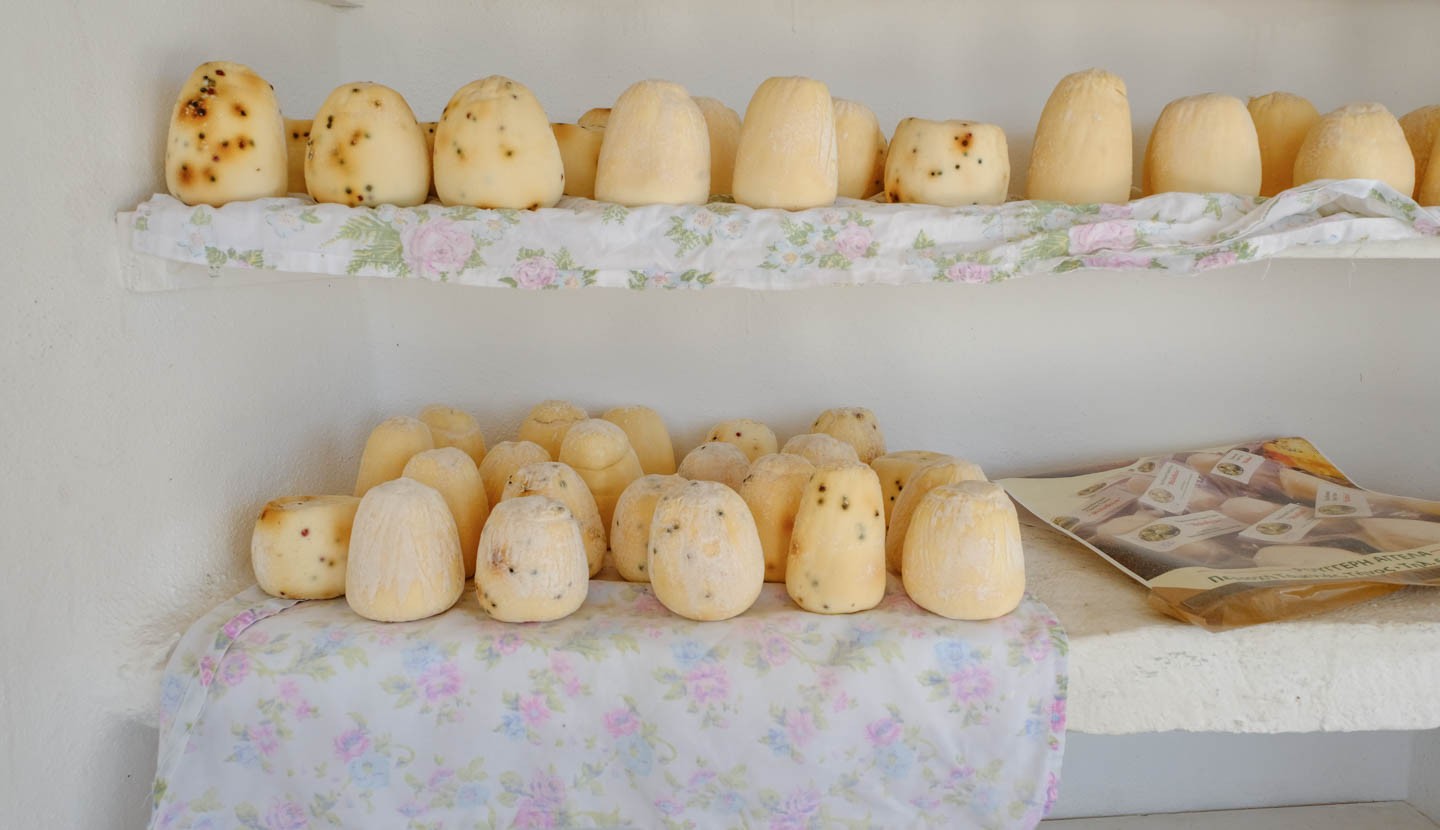

During one of our previous visits to Tinos island, I stumbled upon an array of gourds for the very first time.. They had a peculiar design painted on them that resembled a white wreath and each one had a tag with a different date written on it. It didn’t cross my mind that there was a precious cheese, named ‘kariki’, that was aging inside of them. It’s named after ‘karikia’ which is another word for gourds in Tinos. We were incredibly impressed by the ingenuity and variety of the Cycladic cuisine as well as the plethora of hidden gems that it still has!


We obviously couldn’t help but try it and were astonished by the richness and intensity of its flavour. It can be left to age up to six months! That justified its strong and deep taste! Could be described as something between Stilton and Roquefort, definitely in the blue cheese category but with its own unique identity! Back then, I remember us leaving utterly blown away but the image of sealed gourds stuck with me and made me really curious. I wanted to learn everything about it and this year’s TinosFoodPaths19 was a great opportunity for me to do that! My daughter and I looked it up and discovered that there is a lady somewhere in the mountains of Tinos that has kept the tradition of making kariki alive. So we reached out to her.


On our way up to Mount Tsiknias and Steni village we couldn’t take our eyes off the beautiful scenery and the blooming and colourful nature! We were constantly stopping the car to take pictures of amazing landscapes, bright white little houses, meadows spreading like colourful carpets.. Dovecotes.. It’s an absolute must for every visitor to take pictures of Tinian dovecotes!

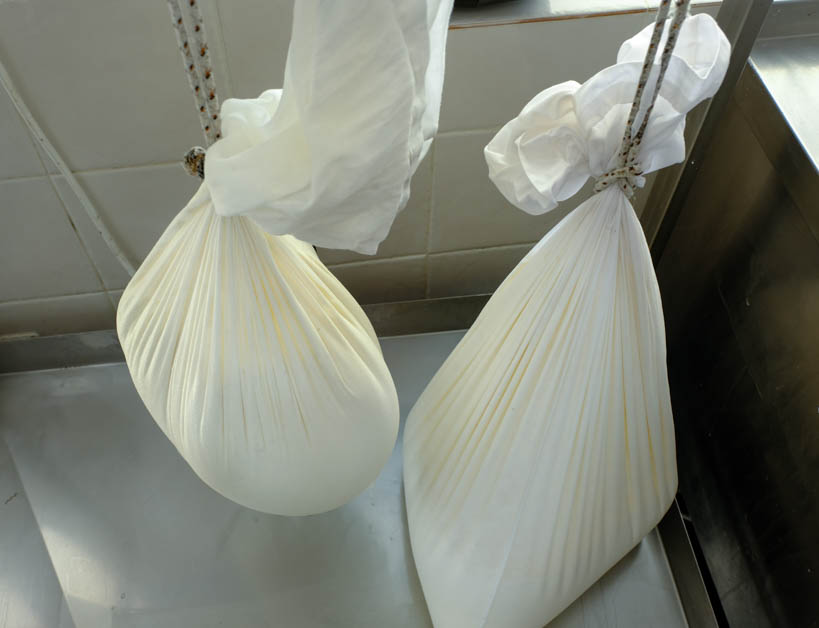

When we arrived in Steni, a village that lies on the foothills of the island’s highest mountain, Mount Tsiknias, and found Angela Roungeri’s cheese dairy, we were stunned by the beauty of the view! It looked as if the hillside was hanging above the vast blue of the Aegean Sea! We admired the amazing view and the beautiful farm where the dairy is located and naturally assumed that Angela gets to enjoy all this beauty on a daily basis. But as she was greeting us, she confessed that her free time is very limited as work keeps her super busy!



It’s a family, licensed unit owned by Angela and her husband. In the beginning of the decade, when the crisis burst out, Angela and her husband were working in construction. The crisis, as we all know, hit the construction industry relentlessly and they found themselves losing a lot of money. One of their debtors who couldn’t pay them off, settled his debt with some cows. And that was the beginning.


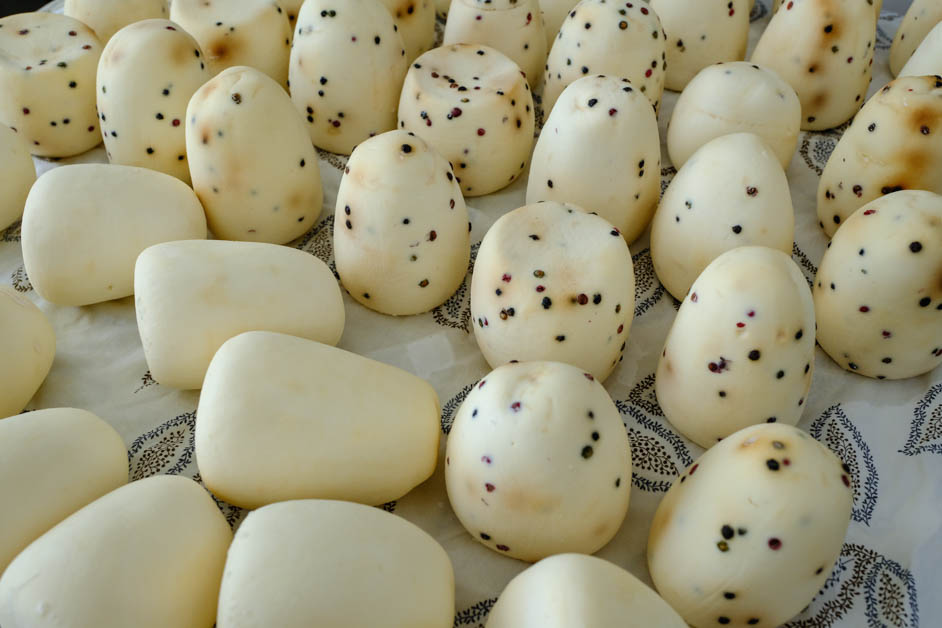
Angela’s family had always been producing local cheese, but for personal consumption only. Since she already had the knowledge and after obtaining some cows, it was quite clear what she had to do! She and her husband now produce cheeses, kariki, petroto and malathouni, from the 35 cows that live in their farm. Her husband looks after the cows and she, wearing her bright white work uniform, enters the dairy early in the morning and stays there until late at night! According to her words, they are super busy as their cheeses are widely sought after!

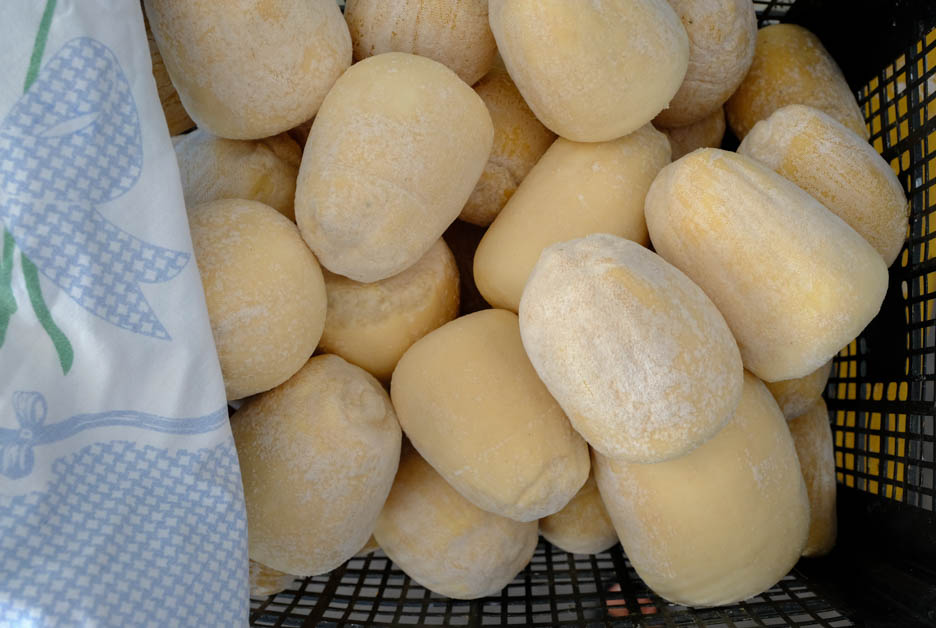

She starts talking about the cheeses they produce, with Kariki being the first on the list. It used to be made exclusively on mountainous areas of Tinos, and in this case, Steni village. Milk is obviously produced by their cows and gourds grow in their own garden. Gourds are left to dry and after that they’re being cut, emptied, cleaned and washed with milk. That’s how precious fungi will start growing and will contribute to the cheese aging process. Petroto, an unsalted -but not tasteless- cheese, will be used as a base layer and will be inserted in the gourd with coarse salt. The gourd will be compressed to remove all air and then sealed with wheat paste. The production date will be written on it and lastly, it will be stored away in a cool place up to 6 months! The final taste and intensity will be determined by the amount of time the cheese is left to ripen. Besides being so flavourful, it’s also an impressive sight to see, and very photogenic!


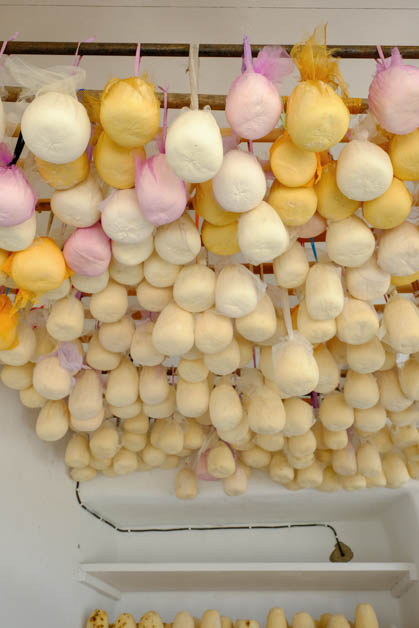




Malathouni is also derived from cow milk and its shape resembles a little basket. After being drained, it’s placed into a wicker basket to take its shape and then it’s transferred into cheesecloth and hung out to dry. You can also find malathouni enriched with different kinds of peppers. As for Petroto, the base layer cheese, it’s also used –with a different technique- to produce another famous Cycladic cheese, Kopanisti.


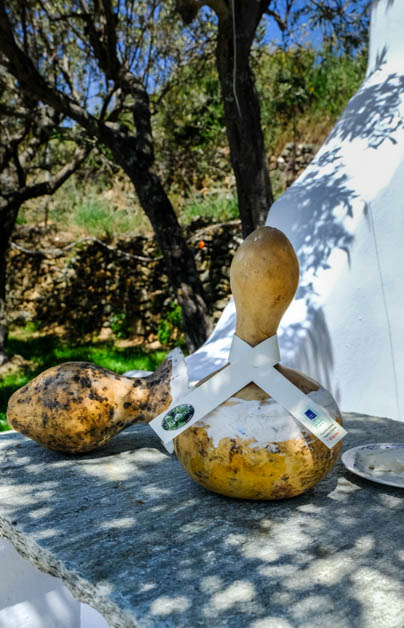

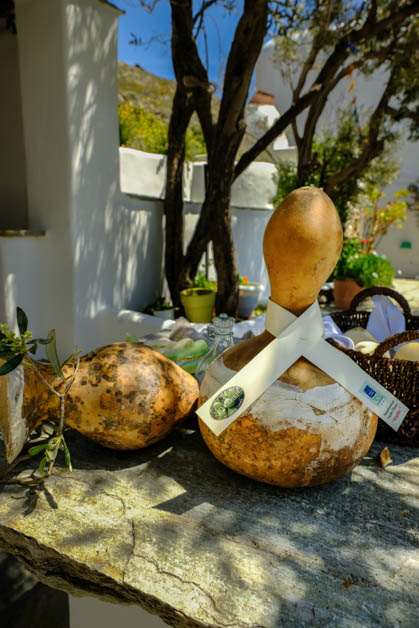
Everything was just so unique and wonderful and our host incredibly generous and restless! Although it was apparent that she had many things to do, she invited us to her garden, in the breezy shade of trees. She offered us a platter with some of her cheeses and raki. Every bite was different depending on the aging time of each kariki cheese! I felt so happy that we’d take the ferry, that meant we’d be able to carry as many of Angela’s delicious cheeses as possible!
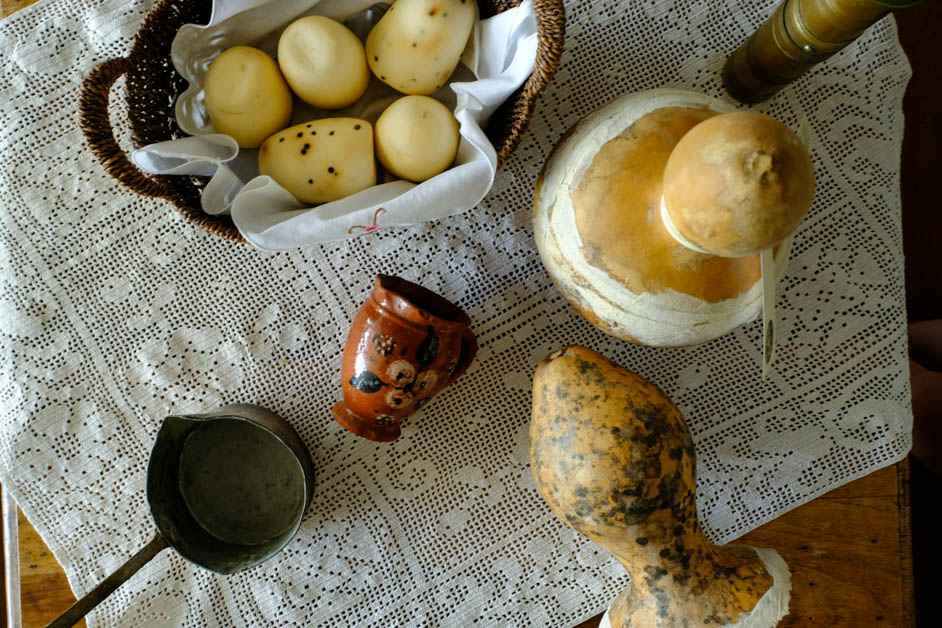




Comments